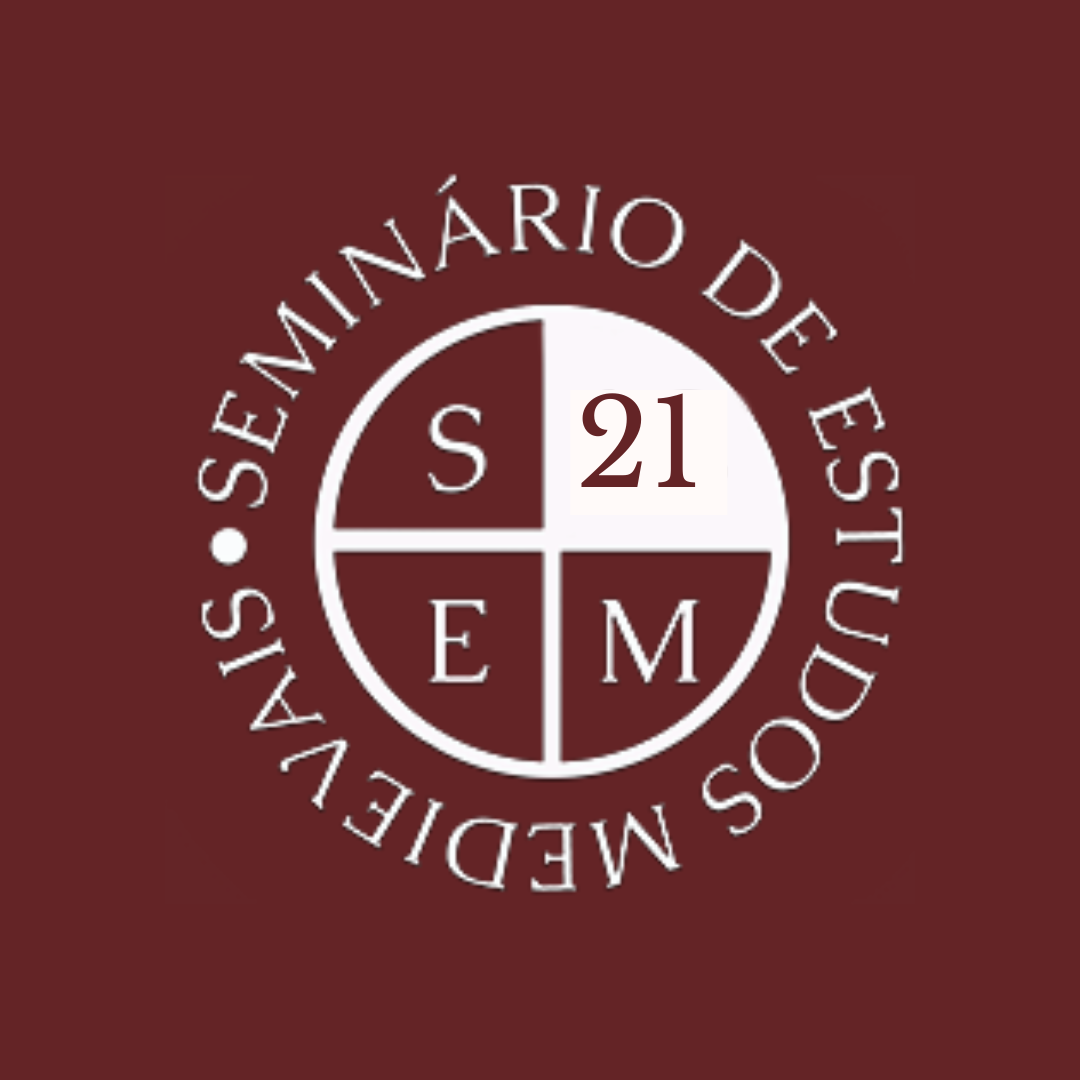Seminar in Medieval Studies: “Los monasterios jerónimos en el panorama de la arquitectura monástica peninsular. Un puente entre dos mundos” – Eduardo Carrero Santamaría (Universitat Autònoma de Barcelona)
13.01.2021 | 17:00
Zoom session

Few monastic orders have more conjecture surrounding them than the Hieronymite monks, the only one of Iberian foundation and whose male branch expanded exclusively throughout the Peninsula. They were born in the midst of the definition of the so-called devotio moderna, in the Castile of the 19th century, and with a triple nationality: Italian, Castilian and Portuguese. From almost mythical origins in the Italian eremitic movements, their consolidation took place on the Castilian plateau with their expansion towards Portugal, bringing together different ascetic currents of the Portuguese kingdom and the crown of Castile. Quickly, from the original eremitism, it became a powerful order, appreciated by nobles and kings and marked by a clear intellectual character, focused on a spectacular development of literature, liturgy and sacred music. Little is known about the architecture of the first Hieronymites. It combined the occupation of buildings already constructed (such as the monastery of Guadalupe) or of factories of which we have only preserved buildings from 1400 onwards. In this seminar we will discuss the foundational and organizational peculiarities of the Hieronymites and, above all, the conformation of their monasteries from a functional and liturgical perspective. We will deal with the determinist clichés of the early 20th century, which considered it the “most Spanish” monastic order, and how this influenced studies on its architecture up to the present day.
About the speaker:
Full Professor of History of Medieval Art at the Autonomous University of Barcelona. He holds a PhD in Art History from the Autonomous University of Madrid and a Master’s Degree in Architectural Heritage Restoration from the School of Architecture of the Polytechnic University of Madrid. His main object of study is the architecture of the European Middle Ages, from the perspective of the interaction of uses and functions, from the needs generated by the daily life of the clergy and the liturgy. The relationship between the binomial space and function in the architecture of cathedrals and monasteries has been his most important field of analysis. His scientific profile stands out for its international character. His latest book is La catedral habitada. Historia viva de un espacio arquitectónico (Barcelona, 2019).
